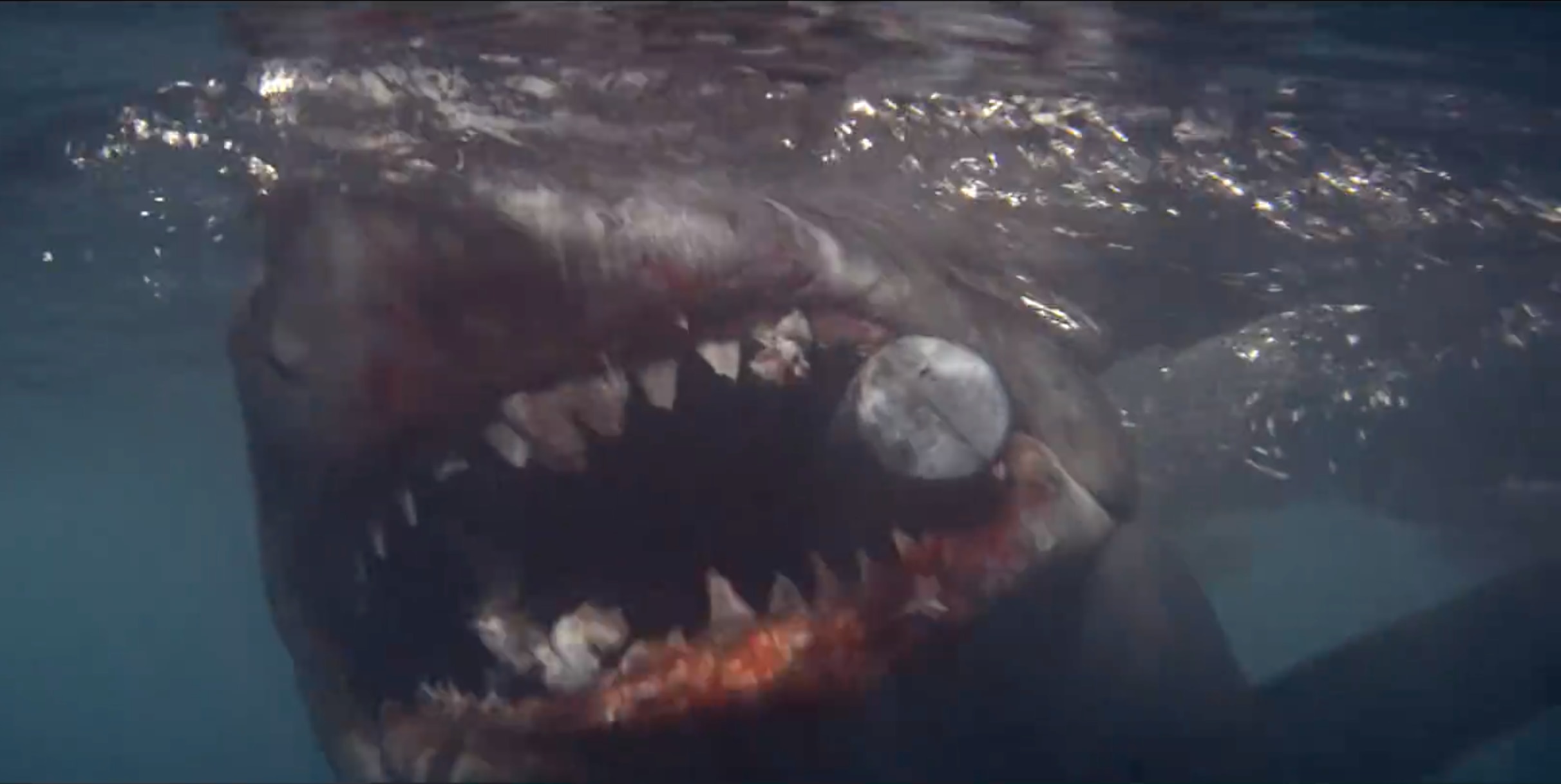Create a free profile to get unlimited access to exclusive videos, sweepstakes, and more!
Sorry Jaws, this prehistoric shark was basically a living chainsaw

Sharks like the Great White already have mouths that are lethal weapons full of dagger teeth, but go back more than 300 million years to the late Palezoic era and you’ll find something that out-bites even Bruce.
Edestus, or the scissor-tooth shark, was a prehistoric species about the size of a Great White. That’s about where the similarities end. Not much was known about how this strange animal attacked and devoured its prey until Idaho State University paleontologist Leif Tapanila and his research team got their hands on the most complete fossilized Edestus skull ever found, 300 million years old and still almost as threatening to look at as when this predator was terrorizing prehistoric seas with its power tool of a mouth.
“Edestus is … part of a bigger family of weird, ancient sharks that all have tooth blades on a spiral in the middle of their mouth. Edestus, instead of having the full spiral, has a blade in the upper jaw and a blade in the lower jaw,” Tapanila, who recently published a study in The Anatomical Record, said, adding that “It has a really interesting jaw mechanism that is totally unique to sharks.”
If this monster fish were to open real wide, you’d see two massive curved blades. They weren’t exactly like a chainsaw in that they didn’t rotate automatically—but not unlike some kind of gnarly torture device that looks like it could have been used to dismember bodies in a horror movie.
The teeth of Edestus kept growing outward from its jaws and coiling outside its mouth as new ones were generated, kind of like circular saw blades. That mouth would open and shut like a pair of huge serrated scissors. Its jaws clamped down on unsuspecting prey just enough to make sure dinner was going nowhere, then saw back and forth until the shark was able to rip off a hunk of flesh and pull it down its throat. This is probably the last animal you’d want to get eaten by if you were a much smaller life form swimming in Paleozoic seas.
While Edestus hasn't been found to fossilize that well, the smashed skull that Tapanila and his team studied offered a rare glimpse at this creature when reconstructed on a computer. None had ever found a complete skull before. The only way paleontologists even knew this creature existed was by its teeth, many of which were well preserved and could give some insight into the odd way these sharks ate, but didn’t tell all the gruesome details.
Edestoids were a bizarre ancient group of sharks whose teeth grew out of blade-like structures fused to their upper and lower jaws. They include the infamous buzzsaw shark or Helicoprion, whose name means spiral saw for a reason. These sharks all had jaws with power-tool-like attachments fused to them. Tapanila previously studied Helicoprion, whose top jaw revealed a horrific spiral that could hold over a hundred teeth (and up to 180). The first Helicoprion jaw fossil ever unearthed literally looked like a never-ending whorl of teeth.
Tapanila believes that such characteristics evolved in edestoids as more and more tempting cephalopods appeared in shark-infested waters. Saw blades in your mouth must be pretty convenient when it come to tearing apart something as chewy as squid or octopus.
(via Idaho State University)


























